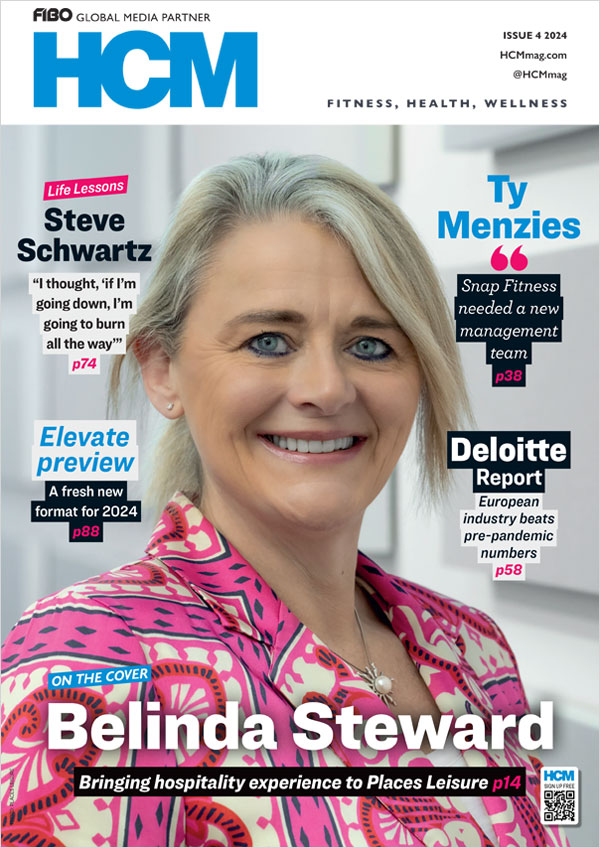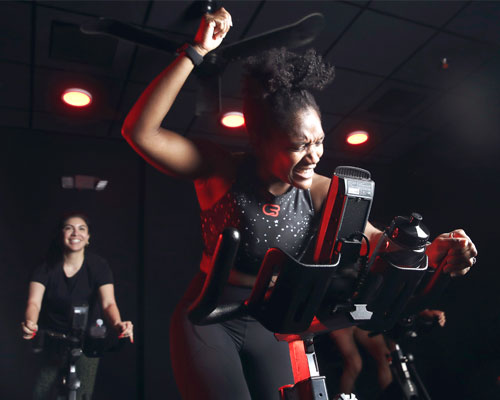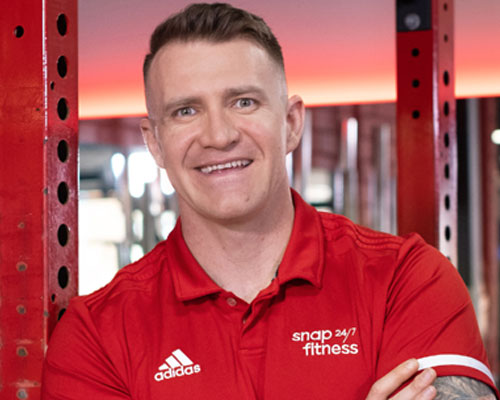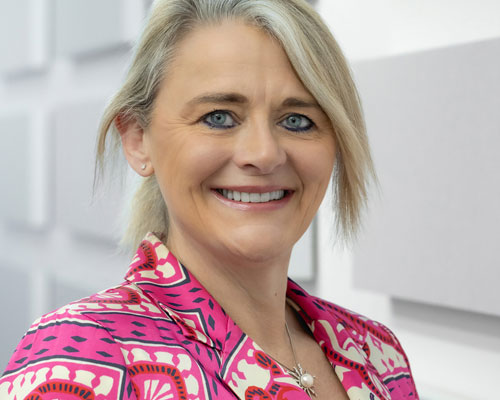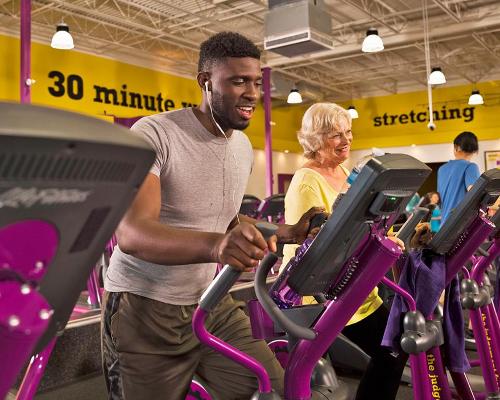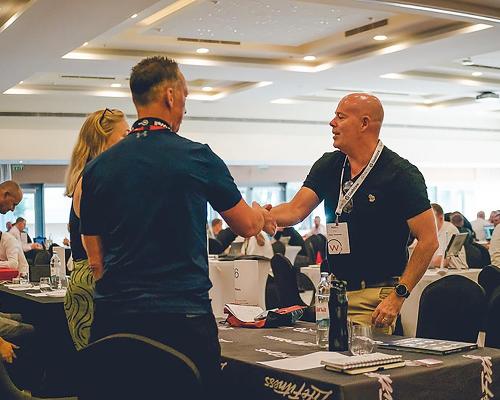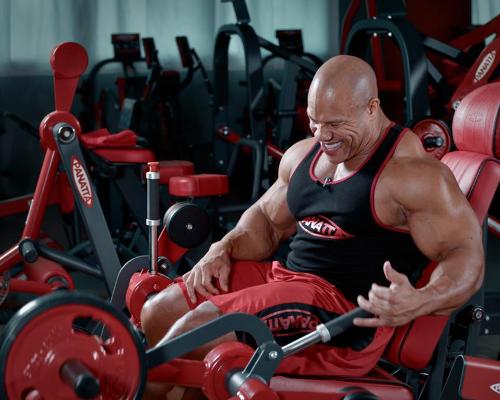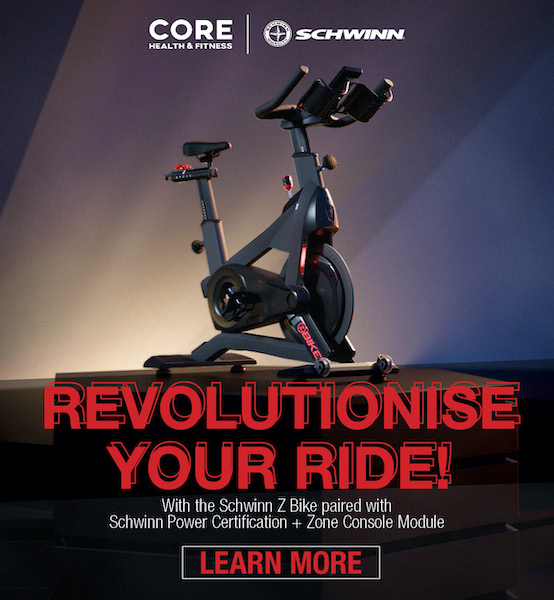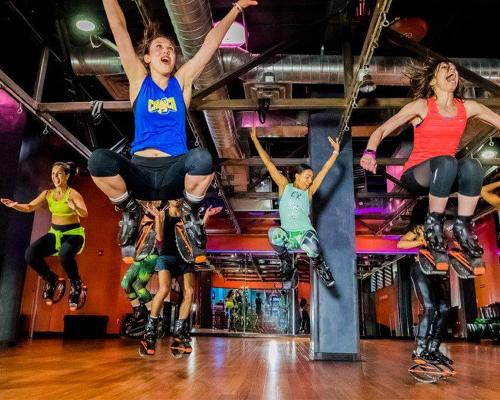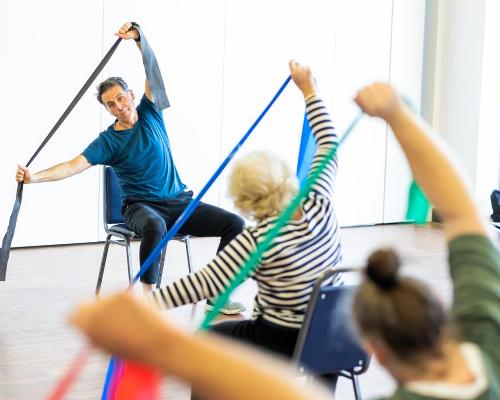features
Retention series: What drives you?
Lose weight, tone up, get fit – is this really what your members want from their club? Dr Melvyn Hillsdon takes a look at how different motivations and forms of progress impact on retention
Members join their clubs with a variety of aspirations and goals regarding how they would like to see themselves in the future. However, until now no report has looked at whether clubs actually help members achieve their goals, or whether other unexpected changes occur for members through use of their club.
In the third of a series of reports from the TRP 10,000 (see p49), we will examine what members say motivates them to exercise, what progress they report in their most recent three months of membership, and how these two factors relate to membership retention.
Data and analysis
Members were asked to select, from a list of 17 options, what motivated them to exercise. These were then categorised into four main types of motivation: being motivated by fitness, by appearance, by enjoyment and by social factors (friendship). They were also asked to report how much progress they had made in the last three months, based on a list of 10 possible outcomes that broadly reflected the categories of motivation.
What motivates you?
Table 1 (see images) shows the proportion of members who reported being highly motivated by fitness, appearance, enjoyment or social factors according
to gender, age group, length of membership and visit frequency.
The proportion of members reporting high levels of motivation was similar across all categories, but marked differences were seen by gender, age, length of membership and visit frequency.
A higher proportion of females than males report being motivated by fitness and appearance, but less so enjoyment.
In general, the oldest health club members reported lower levels of motivation than younger members, especially when it came to appearance as a motivator. Three-quarters of the youngest members reported being highly motivated by appearance, compared to just one-fifth of the oldest members.
Length of membership was not strongly related to level of motivation, although long-standing members were less likely to report being highly motivated by appearance compared to newer members.
In general, frequent club users are more highly motivated than low frequency club users. Members who are highly motivated by enjoyment tend to use their club more frequently.
Progress reports
So what do members say they have made progress on in the last three months?
Figure 1 (see images) shows that members report at least some recent progress on a wide range of factors. The areas that most members report progress on are enjoying exercise, and feeling fitter and healthier. Factors where the lowest proportion of members report progress are losing weight and making new friends.
On average, members report progress on eight of the 10 factors in Figure 1, with no real differences by gender, age group or length of membership. However, members who use their club at least three times a week report significantly more progress than members who visit less than once a week.
But is the level of progress related to retention, and what are the most important factors? For each factor that members report they have made progress on, the risk of cancelling during the seven months after answering the question reduces by 10 per cent. This is true for members at all periods of membership. This suggests it’s always important for members to feel they’re making progress, however long they’ve been a member.
Table 2 (see images) shows each of the measures of progress ranked by how much they reduce the risk of cancelling. Members who made a friend in the last three months were least likely to cancel during the seven months after being surveyed – they were 40 per cent less likely to cancel their membership than members who did not make a friend. In fact, if all members had made a friend in the last three months, 14 per cent (214) of the 1,526 cancellations during the study’s follow-up period would have been avoided.
Attending the club at the level planned came second to making a friend – this reduced the risk of cancelling by 11 per cent. Improved appearance, having more energy and feeling happier were perhaps surprisingly not related to the risk of cancelling.
Motivation & progress
Do members need to make progress on the things they’re motivated by to reduce the rate of cancelled memberships?
The orange columns in Figure 2 (see images) represent the rate of cancellation for members reporting high and low levels of motivation, and who also report progress on the same factor. For example, there are 19 cancellations per 1,000 members per month among those who aren’t really motivated by fitness, but who nevertheless see progress in this area.
The blue columns represent the rate of cancellation for members who report levels of motivation but do not report any progress on things they’re motivated by – eg, there are 35 cancellations per 1,000 members per month among those who report being highly motivated by fitness, but who do not see results.
The first thing that can be seen is that all of the orange columns are lower than their corresponding blue columns, indicating that reporting progress always reduces the rate of cancelling compared to making no progress.
Secondly, members who report being highly motivated for each type of motivation – but who fail to report progress on those motivations – have the highest rates of cancellation. This group of members might be referred to as disappointed optimists. They might have had overly optimistic expectations about how much change they would see, and are then disappointed when they fail to achieve these anticipated changes.
This is particularly true for members motivated by enjoyment, who then find they’re not enjoying their exercise. These members are more than twice as likely to cancel compared to those who are motivated by enjoyment and who report they have enjoyed their exercise.
The lowest levels of cancellation are seen among members who report having made friends in the last three months, irrespective of whether this was one of their stated motives for exercising in the first place.
The other group logging low levels of cancellation are members who were not motivated by appearance, but who nevertheless felt they improved the way they looked over the last three months.
This is in fact a general trend: members stating low levels of motivation in any particular area, but who then reported progress in that area, had lower levels of cancellation. We might refer to this group as surprised pessimists. They start out with low expectations, but surprise themselves with the progress they make.
One other observation stands out. Members who were highly motivated by appearance and who report looking better nevertheless have a higher rate of cancellation than those who weren’t motivated by appearance and didn’t believe they improved their appearance – almost as if the motivated group remained dissatisfied with their appearance even though they felt it had improved.
Summary
A large proportion of members report some progress on a wide range of factors, although high levels of motivation vary by gender, age group, length of membership and the frequency of visits. Social motives such as making new friends are the most likely to improve membership retention.
It’s imperative for members to perceive that they are making progress at all times – if not, the risk of cancelling increases. Failure to achieve the things that members are highly motivated by is most likely to lead to cancellation. The lowest rate of retention (i.e. highest rate of cancellation) is seen among members who are highly motivated to enjoy exercise but then find they are not enjoying it. However, the pursuit of improved appearance – even if achieved – is not related to improved retention.
Based on the findings, we advise:
- Putting together a marketing strategy that conveys fun and friendliness
- Understanding members’ motivations and setting realistic plans to achieve them
- Regularly reviewing members’ progress and revising plans if needed
- Ensuring programmes are enjoyable
- Prioritising fun and friendship over fitness and thinness.
Table 1: People reporting high motivation levels
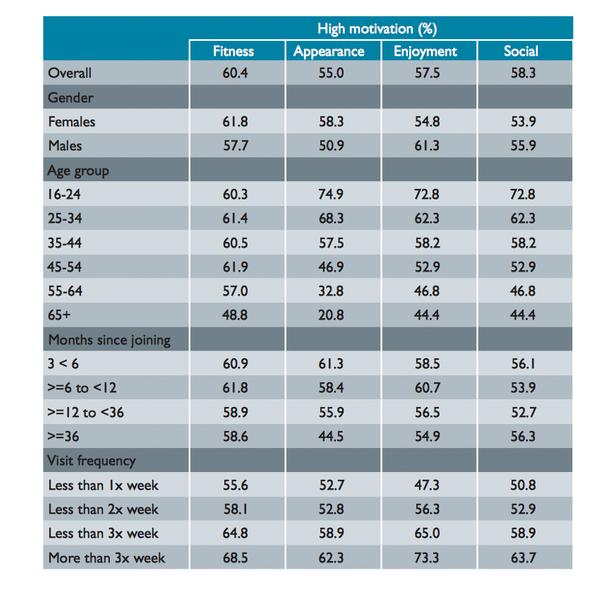
Figure 1: Proportion of members reporting
progress in the previous three months
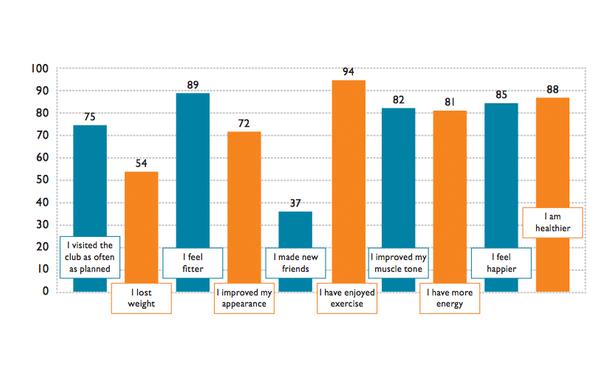
Figure 2: Cancellation rate (number
of cancellations per 1,000 members
per month) by level of motivation and reported progress
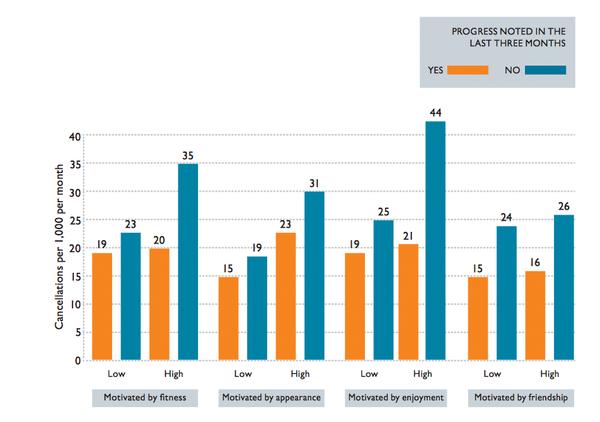
Table 2: Measures of progress ranked by risk of cancelling (1= lowest risk)
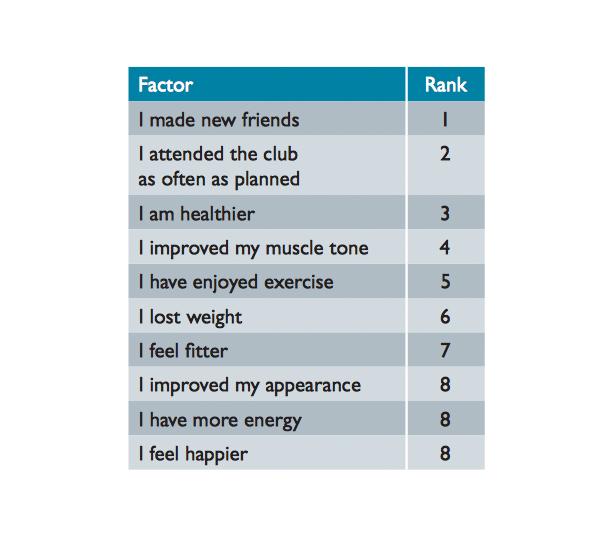
About TRP 10,000™
Conducted in partnership with The Retention People, TRP 10,000™ is the biggest and most comprehensive survey of member behaviour ever carried out in the fitness industry: 10,000 health and fitness members completed a baseline survey of their exercise habits and membership behaviour between July and September 2013. During regular intervals over the coming years, they will be followed up to measure changes to their habits and membership behaviour.
The results in this article are for members who completed the survey from July-September 2013 and who were followed up until the end of January 2014. In the follow-up period, 1,526 of participating members cancelled membership.
For more details of methodology, see part one of the series – HCM April 14, p38.
Melvyn Hillsdon is associate professor of exercise and health at the University of Exeter, where he researches physical activity and population health. Since his landmark retention report in 2001 (Winning the Retention Battle), his research into retention and attrition has led to the development of appropriate measures of retention, attrition and longevity that provide data for operators that can directly inform business decisions. In partnership with TRP, he has published numerous reports into the determinants of membership retention.



